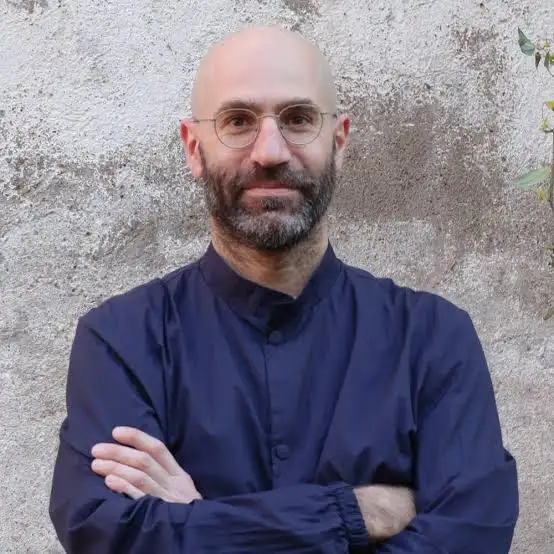Syllabus⇝
What is the technical nature of neural networks. What are the historical and contemporary conceptual frames to comprehend and work with AI today. What is the role of AI in contemporary philosophy and science. A new logocentrism.
Schedule⇝
Chapter 1. Helga Nowotny and the wise complexity
LLMs and the new logocentrism. A holistic approach to complexity.
Chapter 2. Ramon Llull and word combinatorics
The complements of intelligence (first part). Words as synthesised thinking. How can metaphore be calculated.
Chapter 3. Pauline Oliveros and Quantum listening
Complexity as aural space. Being aware of not being aware. The artistic approach to AI.
Chapter 4. Alan Turing and outsourcing intelligence
The complements of intelligence (second part). The mathematical vs. engineering approach to AI.
Chapter 5. Sabine Hosenfelder and the limits of physics
What would Ant-Man think? The limits of the experimental method. AI is not science.
Chapter 6. Joseph Weizenbaum and the automatic Therapist
AI and the urge to make sense. Cold reading: from Tarot to Eliza.
Faculty⇝

Lluis Nacenta
Music, technology, and science
Lluís Nacenta is a curator, musician, and researcher in the domain where music, technology, and science meet. He has a degree in Mathematics, another in Piano, a master’s degree in Comparative Studies in Literature, Art, and Thought, and a PhD in Humanities with a thesis on musical repetition. He was Head of Postgraduate Studies at EINA University School of Design and Art of Barcelona from 2015 to 2017, and director of the Hangar Visual Arts Research and Production Centre from 2018 to 2021. He has curated numerous exhibitions and he has recently published his first essay Càlcul de metàfores (Calculus of Metaphors, La Magrana, Debate, 2025), a series of reflections on the confluence of science and the humanities today.
